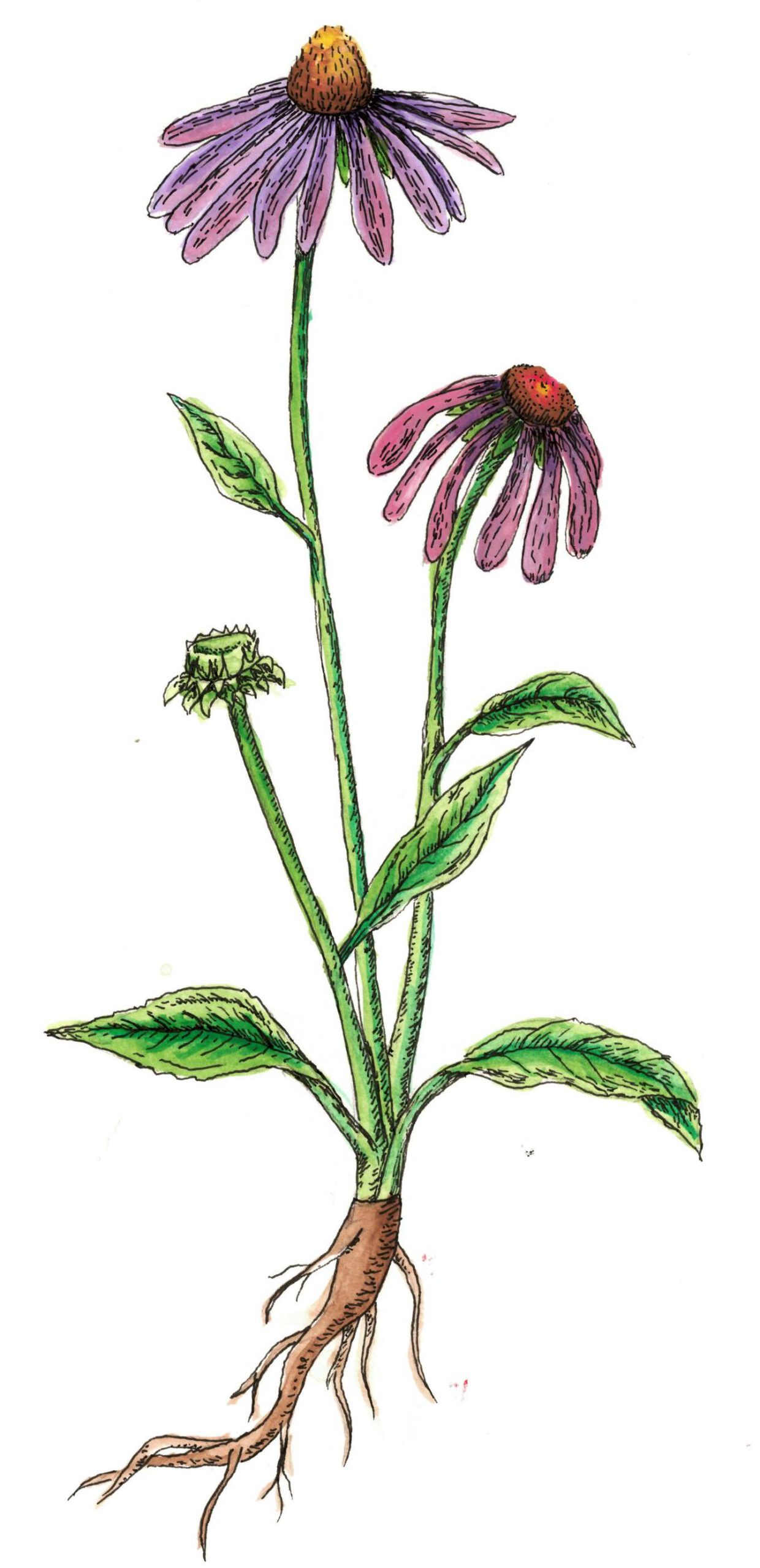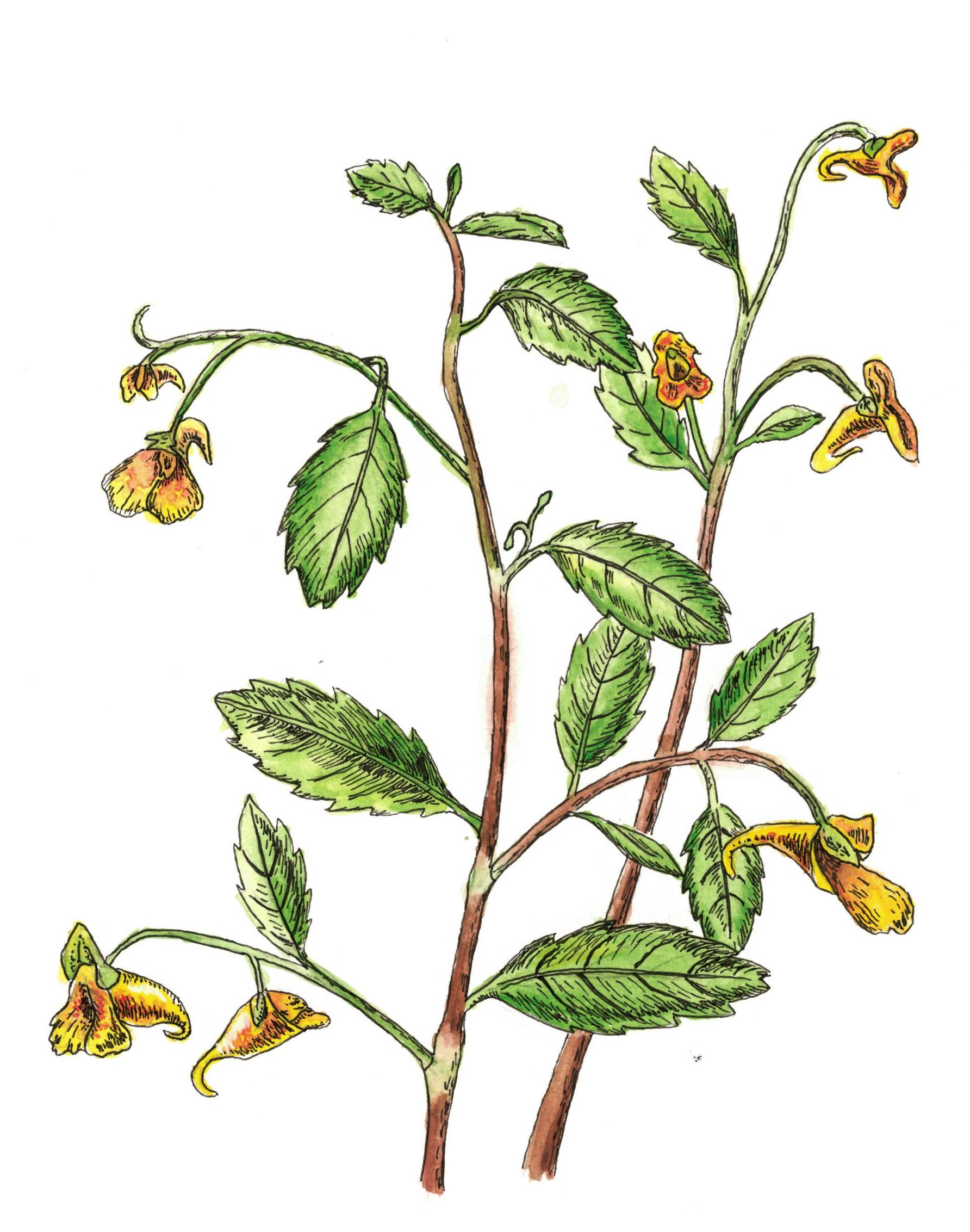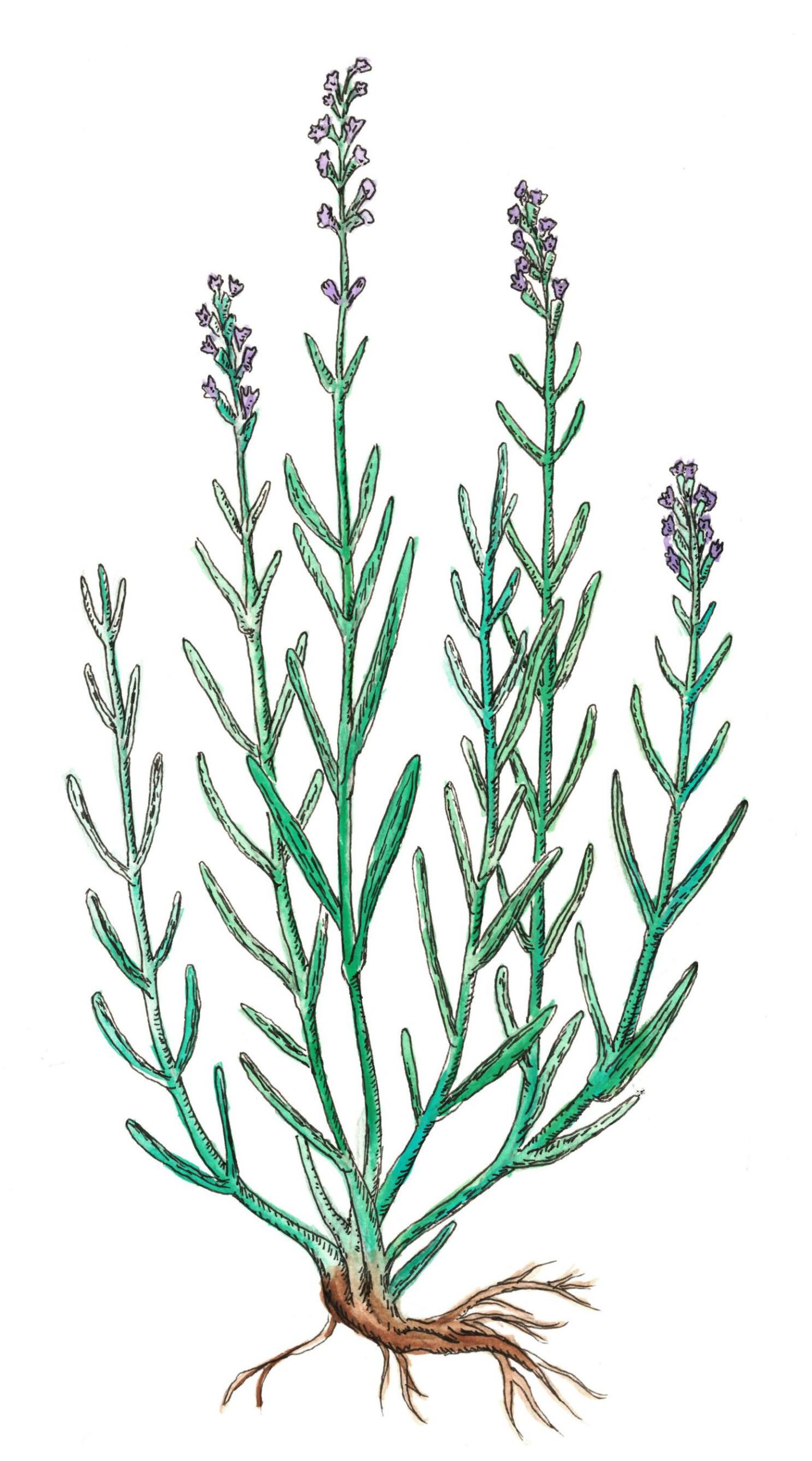Author: Lorena Tran
Different cultures recognize echinacea as a treatment for conditions that affect the lungs and breathing. Indian Ayurvedic medicine uses echinacea roots and extracts to treat respiratory viruses and boost the immune system. Similarly, traditional Chinese medicine uses echinacea to prevent and treat upper respiratory tract infections. Several Native American tribes also used Echinacea to lessen symptoms of the common cold and tonsillitis[1].
Most research on echinacea focuses on its abilities to treat the common cold. Many studies have found that extracts and infusions of echinacea root can decrease the length of the common cold and lessen the chances of infection with a cold[2]. Echinacea treatments may also prevent respiratory conditions caused by bacterial infections, as researchers discovered that extracts of echinacea stop the growth of bacteria causing strep throat and pneumonia[1].
Sources:
[1] Sharifi-Rad M, Mnayer D, Morais-Braga MFB, Carneiro JNP, Bezerra CF, Coutinho HDM, Salehi B, Martorell M, Del Mar Contreras M, Soltani-Nejad A, Uribe YAH, Yousaf Z, Iriti M,
Sharifi-Rad J. Echinacea plants as antioxidant and antibacterial agents: From traditional medicine to biotechnological applications. Phytotherapy Research. 2018 Sep;32(9):1653-1663.
[2] Shah SA, Sander S, White CM, Rinaldi M, Coleman CI. Evaluation of echinacea for the prevention and treatment of the common cold: a meta-analysis. Lancet Infectious Diseases. 2007 Jul;7(7):473-80.


